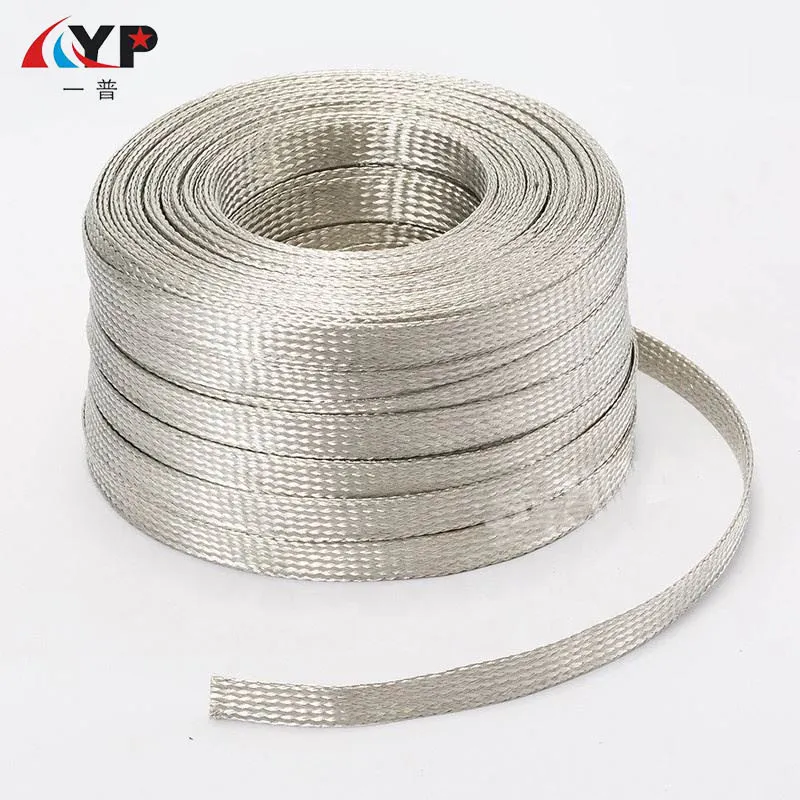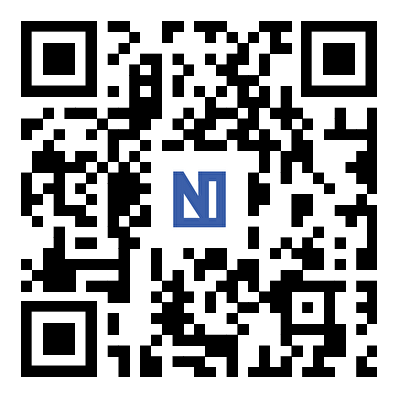Tinned Copper Braid: A Versatile Solution for Electrical Applications
2024-10-23
In the world of electrical engineering and wiring, finding a material that is both durable and highly conductive is critical. One such material that stands out for its versatility and performance is tinned copper braid. Used in a variety of applications, from grounding and shielding to providing flexible connections, tinned copper braid offers a unique combination of conductivity, corrosion resistance, and flexibility.
In this blog, we’ll explore what tinned copper braid is, its key benefits, common uses, and why it’s such a popular choice in electrical installations and industries.
What is Tinned Copper Braid?
Tinned copper braid is essentially a woven mesh of thin copper wires that have been coated with tin. The tinning process involves applying a thin layer of tin to the copper strands to enhance their durability and resistance to environmental factors like oxidation and corrosion. This braid is flexible, yet strong, making it ideal for applications where movement, flexibility, and long-lasting conductivity are required.
The combination of copper and tin provides two major advantages:
1. High Electrical Conductivity: Copper is well-known for its excellent electrical conductivity, making it a standard in electrical applications.
2. Corrosion Resistance: The layer of tin on the copper wires protects the material from oxidation, which could otherwise degrade copper's performance over time, especially in harsh environments.
Key Benefits of Tinned Copper Braid
Tinned copper braid offers numerous benefits that make it a go-to material in various industries. Some of its key advantages include:
1. Corrosion Resistance
One of the primary reasons to use tinned copper over bare copper is its ability to resist corrosion. Tin serves as a protective layer, preventing the copper from reacting with oxygen, moisture, or other corrosive elements in the air. This makes it especially valuable in environments exposed to moisture, chemicals, or saltwater, such as marine or outdoor applications.
2. Superior Conductivity
Copper is one of the best conductors of electricity, and even with the tin coating, the braid maintains high electrical conductivity. This ensures minimal energy loss and optimal performance in electrical grounding, bonding, or shielding applications.
3. Flexibility and Strength
The braided structure of tinned copper provides excellent mechanical strength while maintaining flexibility. This allows it to accommodate movement, vibration, or thermal expansion in dynamic applications without breaking or losing its conductivity.
4. Ease of Soldering
Tinned copper is easier to solder compared to bare copper. The tin coating helps create a smooth, reliable connection when soldering, making it ideal for applications that require precise and secure electrical connections.
5. Durability in Harsh Environments
Thanks to its protective tin coating, tinned copper braid can withstand harsh conditions, including extreme temperatures, chemical exposure, and moisture. This makes it suitable for use in industries such as aerospace, automotive, marine, and industrial environments.
6. Electromagnetic Shielding
In addition to its use in grounding, tinned copper braid can also serve as an effective shield against electromagnetic interference (EMI) and radio frequency interference (RFI). This helps protect sensitive electronic equipment from external interference and maintains signal integrity in communications and control systems.

Common Applications of Tinned Copper Braid
Given its many advantages, tinned copper braid is used in a wide range of applications. Here are some of the most common uses:
1. Grounding and Bonding
Tinned copper braid is widely used for grounding electrical equipment, panels, and systems. It provides a reliable, low-resistance path for electrical currents, ensuring safe dissipation of unwanted electrical charges and preventing static build-up or equipment damage.
2. Shielding in Cables
Tinned copper braid is often used as a shielding layer in electrical and data cables. The braid helps prevent electromagnetic interference (EMI) from affecting signal quality, making it a crucial component in sensitive communications, audio, and video systems.
3. Flexible Electrical Connections
In applications where electrical connections need to accommodate movement or vibration—such as in electric motors, generators, or battery terminals—tinned copper braid offers a flexible, conductive solution. Its braided structure allows it to flex without breaking, ensuring a continuous and stable electrical connection.
4. Marine Applications
The marine environment is particularly harsh due to the presence of saltwater and humidity, both of which can cause rapid corrosion of materials. Tinned copper braid is often used in marine grounding systems and wiring due to its corrosion resistance and ability to withstand the elements.
5. Automotive Industry
In automotive applications, tinned copper braid is used for grounding and bonding, especially in areas exposed to moisture or temperature fluctuations. It is often used in hybrid and electric vehicles for connecting electrical systems, ensuring safety and consistent performance.
6. Lightning Protection
Tinned copper braid can be used in lightning protection systems, where it helps dissipate the electrical charge safely into the ground. Its flexibility and durability make it ideal for installation in large structures or buildings requiring effective lightning grounding systems.
Choosing the Right Tinned Copper Braid
When selecting tinned copper braid for a specific application, there are several factors to consider:
- Braid Size and Width: The size and width of the braid will affect its current-carrying capacity. Thicker or wider braids are typically chosen for higher electrical loads or when more mechanical strength is needed.
- Strand Count: The strand count refers to how many individual copper wires are woven together in the braid. Higher strand counts offer greater flexibility and durability.
- Environmental Considerations: For outdoor, marine, or chemical environments, ensure the braid is of a high-quality tin coating to resist corrosion and oxidation.
- Flexibility Requirements: Applications requiring frequent movement or vibration should use a braid that maintains flexibility without losing strength.
Conclusion
Tinned copper braid is an essential material for numerous industries, offering exceptional conductivity, corrosion resistance, and flexibility. Whether used for grounding, shielding, or providing flexible electrical connections, it is a reliable and long-lasting solution. From marine environments to high-tech electronics, tinned copper braid is indispensable where performance and durability are key requirements.
When choosing tinned copper braid for your projects, it’s important to consider the specific needs of your application, including environmental factors, electrical load, and flexibility requirements. With the right selection, you can ensure safe, efficient, and durable electrical installations that stand the test of time.


